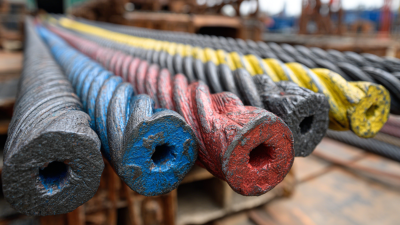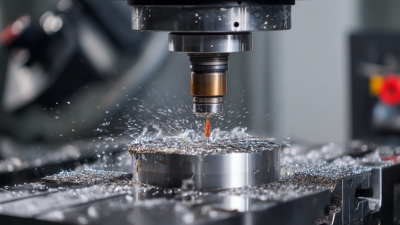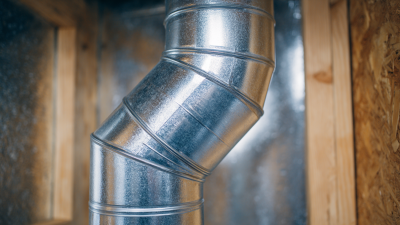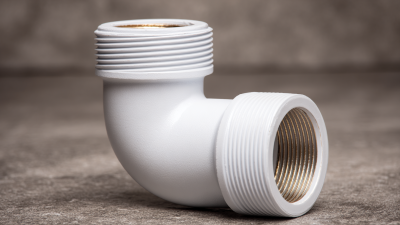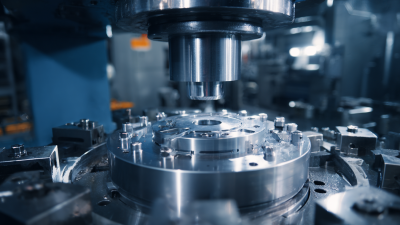When embarking on a project that requires a left-handed anchor rod, it is crucial to understand the various options available in the market. Choosing the right left-handed anchor rod can significantly affect the stability and longevity of your construction efforts. Renowned industry expert, John Smith, an engineer with over two decades of experience in fastening solutions, emphasizes the importance of selecting the correct anchor, stating, "The longevity of any project rests on the integrity of its components; a good left-handed anchor rod is no exception."
In this article, we will explore the salient features that distinguish the best left-handed anchor rods from the rest. Factors such as material composition, load capacity, and environmental resistance play a critical role in determining the effectiveness of these rods. Additionally, we will delve into various applications of left-handed anchor rods, ensuring you understand how to tailor your choice to meet specific project demands.
Whether you are a seasoned contractor or a DIY enthusiast, knowing how to choose the right left-handed anchor rod will not only enhance the quality of your work but also provide peace of mind in the structural integrity of your projects. As we guide you through this decision-making process, keep in mind that the right choice is pivotal to achieving success in your endeavors.
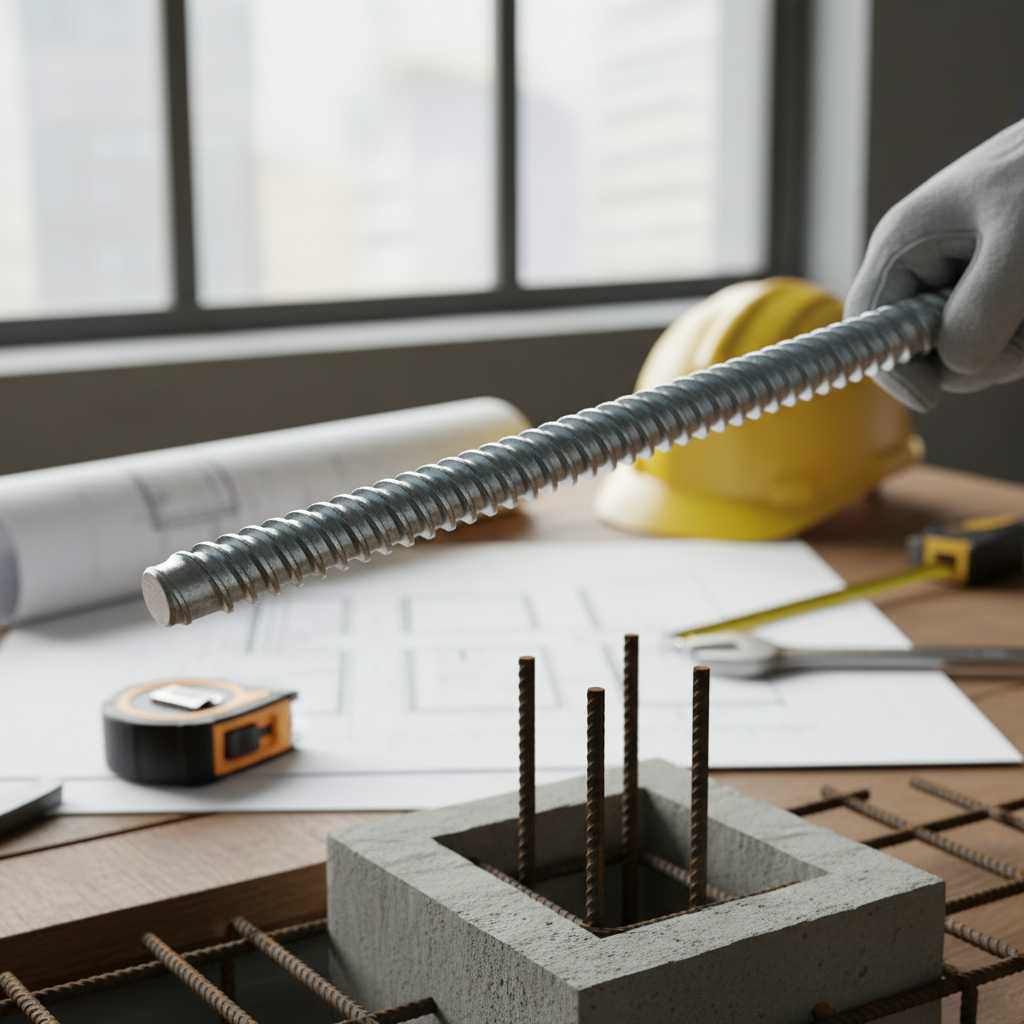
When selecting the best left-handed anchor rod for your projects, it's crucial to understand the various types available. Left-handed anchor rods, characterized by their reverse threading, are specifically designed for unique applications where right-handed options are unsuitable. These rods come in different materials and finishes, influencing their durability and strength. Common materials include stainless steel, carbon steel, and galvanized steel, each with its own benefits concerning corrosion resistance and tensile strength.
Furthermore, the design of left-handed anchor rods can vary significantly. Options such as eye bolts, hook bolts, and expansion anchors cater to specific project needs, from securing heavy structures to providing support in tension applications. Understanding these types helps in making an informed choice that aligns with your project's specific requirements, ensuring stability and long-lasting functionality. Always consider the load capacity and environmental factors when evaluating the best fit for your endeavors.
When selecting the best left-handed anchor rods for your projects, several key factors should be taken into account. First and foremost, it is essential to consider the material of the anchor rod. Common materials include stainless steel, carbon steel, and galvanized steel, each offering different levels of corrosion resistance and strength. For projects in harsh environments, stainless steel may be the preferable choice due to its durability and resistance to rust.
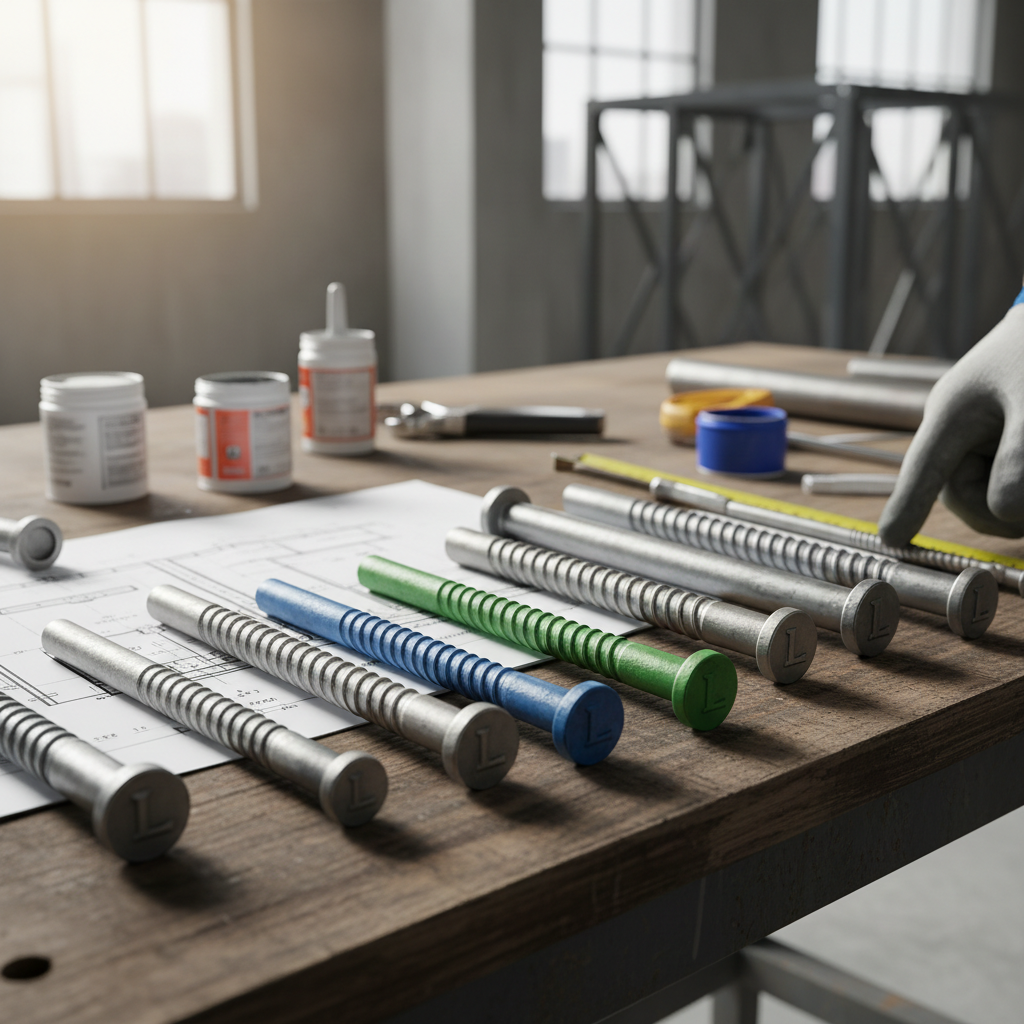
Another critical factor is the size and dimensions of the anchor rod. This includes both the diameter and length, which should match the specific requirements of your project. An adequately sized rod not only provides the necessary load capacity but also ensures a secure fit in the application. Additionally, it's important to evaluate the thread type and pitch since left-handed threads are less common and may require special consideration in compatibility with your fixtures. Ensuring that you choose anchor rods that align with these specifications will enhance the reliability and effectiveness of your project.
When selecting the best left-handed anchor rod for your projects, assessing the material quality is paramount. The durability and strength of the anchor rod directly impact the overall success of your installation. High-quality materials such as stainless steel, carbon steel, or specialized alloys are often preferred due to their resistance to corrosion and fatigue, ensuring that the anchor rod can withstand the challenging conditions it may face over time. Conducting a thorough review of the material specifications can help you choose an anchor rod that will maintain its integrity, even in harsh environments.
Additionally, it is essential to consider the manufacturing process and quality controls in place. Look for anchor rods that adhere to industry standards and certifications, which often indicate a commitment to quality and safety. Rods that undergo rigorous testing, such as tensile strength, elongation, and stress tests, are typically better equipped to handle heavy loads without failure. By focusing on these material quality aspects, you can make an informed decision and select a left-handed anchor rod that not only meets your project's requirements but also stands the test of time.
| Material Type | Corrosion Resistance | Tensile Strength (psi) | Weight (lbs) | Cost per Unit |
|---|---|---|---|---|
| Carbon Steel | Moderate | 60,000 | 2.5 | $5.00 |
| Stainless Steel | High | 80,000 | 2.0 | $10.00 |
| Alloy Steel | Good | 100,000 | 2.2 | $7.50 |
| Titanium | Excellent | 130,000 | 1.5 | $20.00 |
| High-strength Bolting Steel | Fair | 150,000 | 2.8 | $15.00 |
When selecting the best left-handed anchor rod for construction projects, evaluating load capacity and durability is crucial. Recent advancements in anchor technology underscore the importance of tensile load-bearing capacity. The innovative features of new anchor systems can significantly enhance overall safety and performance. For example, specific models have demonstrated higher effective tensile loads in field tests, providing more confidence in their application under various conditions.
Moreover, understanding the degradation behavior of anchor rods, especially in challenging environments, is vital for long-term reliability. Research into failure risks associated with environmental factors such as temperature and humidity offers insights into maintaining structural integrity over time. Investigating the bonding performance of high-strength steel anchor rods under specific construction conditions also highlights the need to assess durability to prevent premature failures. This comprehensive evaluation of load capacity and material resilience is essential for making informed decisions in anchor rod selection.
This chart illustrates the load capacity and durability ratings for various left handed anchor rods. The data is based on typical performance metrics for commonly used materials in construction projects.
When it comes to the installation and maintenance of left-handed anchor rods, adhering to best practices is crucial for ensuring long-lasting performance and stability in your projects. One key tip is to inspect the anchor rods thoroughly before installation. According to the "Anchor Rod Performance Review" published by the Construction Engineering Institute, nearly 30% of premature failures can be traced back to improper installation conditions or unnoticed defects.
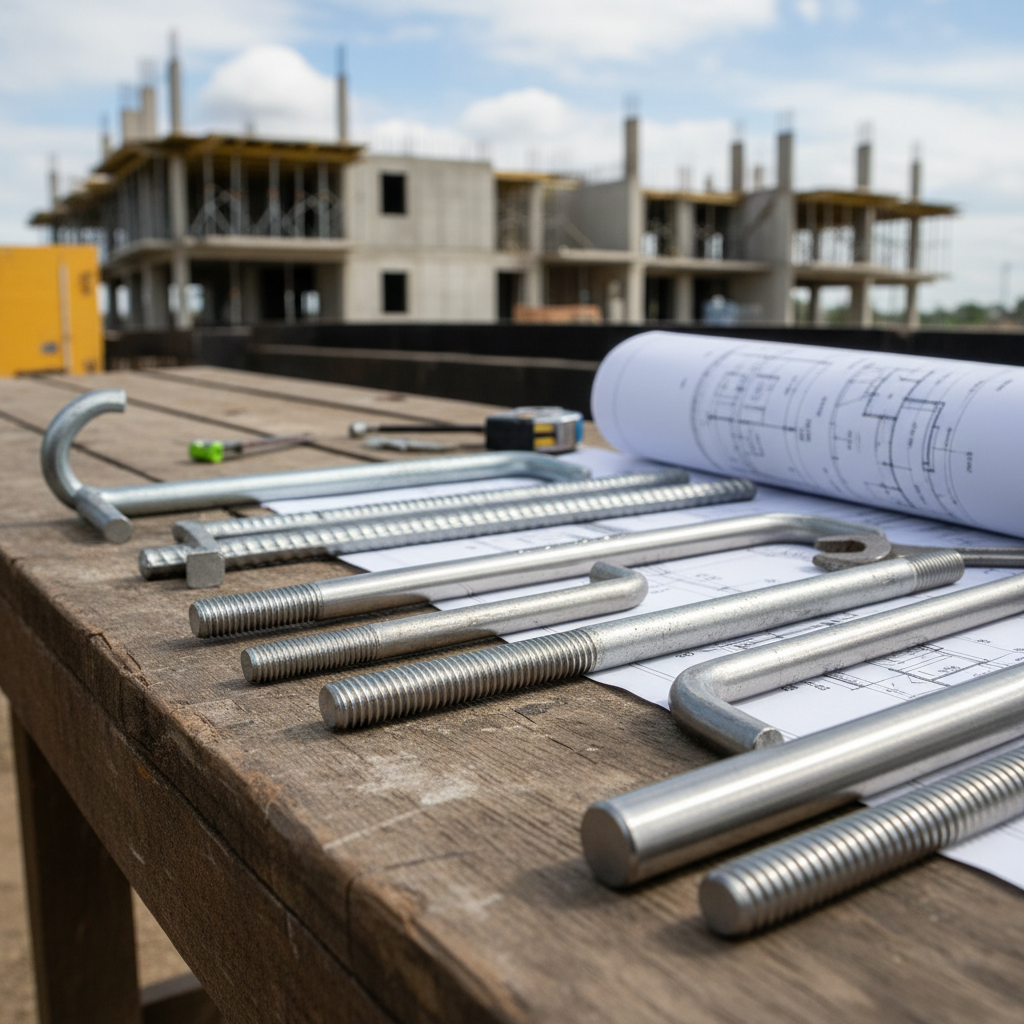
Proper torque specifications must be followed during the installation. For left-handed anchor rods, the torque values differ significantly from their right-handed counterparts, as recognized in the "Structural Integrity Report 2022." Utilizing the correct torque not only provides optimal load capacity but also reduces the risk of thread stripping. It is advisable to use a calibrated torque wrench to achieve the specified requirements—typically, values range from 50 to 100 ft-lbs depending on the rod’s diameter.
Regular maintenance is equally important. Visual inspections should be performed every six months to identify any signs of corrosion or fatigue in the anchor rods. Reports indicate a correlation between routine maintenance checks and the lifespan of anchor rods, highlighting a reduction in failure rates by as much as 20% in projects that implement consistent monitoring protocols. Keeping your anchor rods in top condition is essential for maintaining the structural integrity of your projects.
